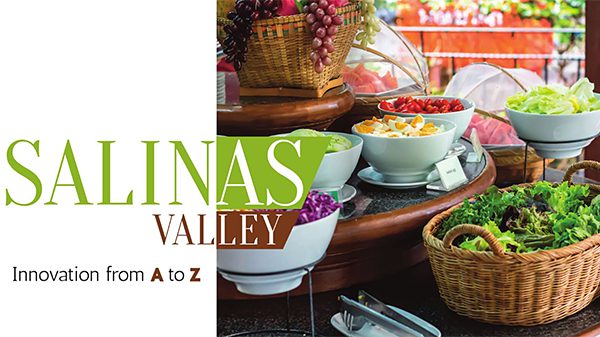According to the 2017 Monterey County Crop Report, nearly 41,000 acres of the county were under organic cultivation generating a gross value of $390 million. Compared to 2016, this is an increase of nearly 7 percent in dollars and 24 percent more acreage.


According to Norm Groot, executive director of the Monterey County Farm Bureau, most of the organic growers are also conventional growers, covering both market opportunities. The trend is driven by several factors, including higher pricing and returns for some items as well as retail and industry support.
As the site for two significant organic conferences (in December and July), Monterey is a hot spot for all things organic.
“I believe the two annual organic organization events here are directly related to our large organic sector,” Groot said. The region also hosts the annual EcoFarm conference in January, when participants visit farms in the area.
“For the strawberry and vegetable categories, Salinas is at the epicenter for organics,” said Joe Feldman, general manager of River Fresh Farms, LLC. “The shopper has changed, so Salinas wants to stay relevant.”
“The cost of providing organics is higher than conventional—it takes twice as much labor—and that’s not changing soon,” said Ken Balestrieri, president of K. Balestrieri Company, Inc. “However, more consumers are willing to pay higher prices.”
Jeff Hyosaka, sales manager at Pacific international Marketing, agrees.
“Organics continue to grow in popularity, particularly in the Northwest and the Northeast. Consumers are still willing to pay the additional cost for health reasons and because they view organic practices as promoting good stewardship of the earth. Whether organic or conventional—labor, health care, water, and transportation all affect costs.”
Although Hyosaka said he believes organics are here to stay, there is still much to consider. “We’re conservative and we approach things cautiously. We listen to customers, look at trends, and make informed decisions as to how we grow and pack.”
This is an excerpt from the most recent Produce Blueprints quarterly journal. Click here to read the full version.


